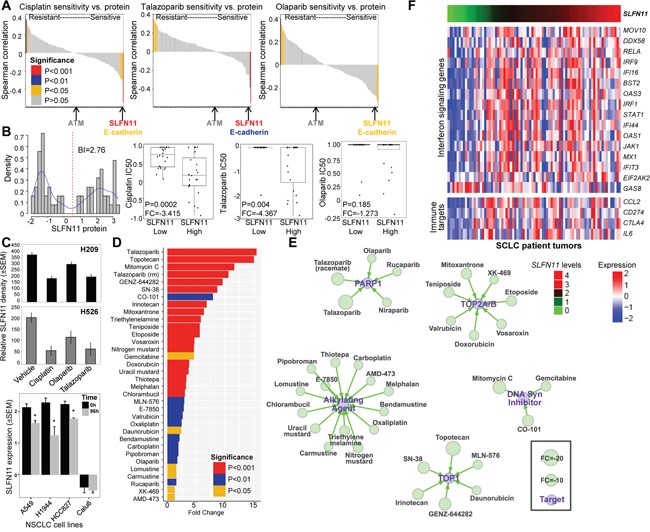Figure 2. SLFN11 Protein Levels Are Correlated with Drug Sensitivity in SCLC.

A. A correlation analysis of cisplatin, talazoparib, and olaparib sensitivity (IC50 values) and 171 proteins in 51 SCLC cell lines shows that SLFN11 is the strongest predictor of sensitivity to both cisplatin and PARP inhibition. E-cadherin, but not ATM, is also correlated with drug sensitivity. B. SLFN11 expression is bimodal in SCLC cell lines, showing a switch-like pattern, and these naturally formed groups are correlated with drug sensitivity. Cell lines with higher SLFN11 protein expression levels have greater sensitivity to cisplatin and talazoparib but not olaparib. C. Treatment of H209 and H526 SCLC cell lines with 1 μM cisplatin, 1μM olaparib, or 100 nM talazoparib for 72h reduced SLFN11 levels compared with vehicle-treated cells*, P<0.0005. Treatment of A549, H1944, HCC827 NSCLC cell lines with 1 μM cisplatin for 96h reduced SLFN11 levels, but not Calu6. *, P<0.002. D. Waterfall plot of drug sensitivity in SCLC. A comparison of high SLFN11 protein levels and the IC50 values of 526 cancer drugs in 61 cell lines identified several drugs with similar targets, including PARP1 inhibitors, alkylating agents, TOP1 inhibitors, TOP2A/B inhibitors, and DNA synthesis inhibitors. E. A drug interaction network shows classes of oncology agents that are effective in SCLC cell lines with high SLFN11 levels. F. SLFN11-high SCLC has high expression levels of Type I IFN signaling molecules. IPA analysis identified IFN signaling as the top pathway associated with SLFN11 expression in SCLC patient tumors (P=6.6*10−6). Heatmap of Type I IFN signaling genes and immunotherapy target genes ranked by association with SLFN11 levels in 70 tumors from treatment-naïve SCLC patients (FDR=0.2).
